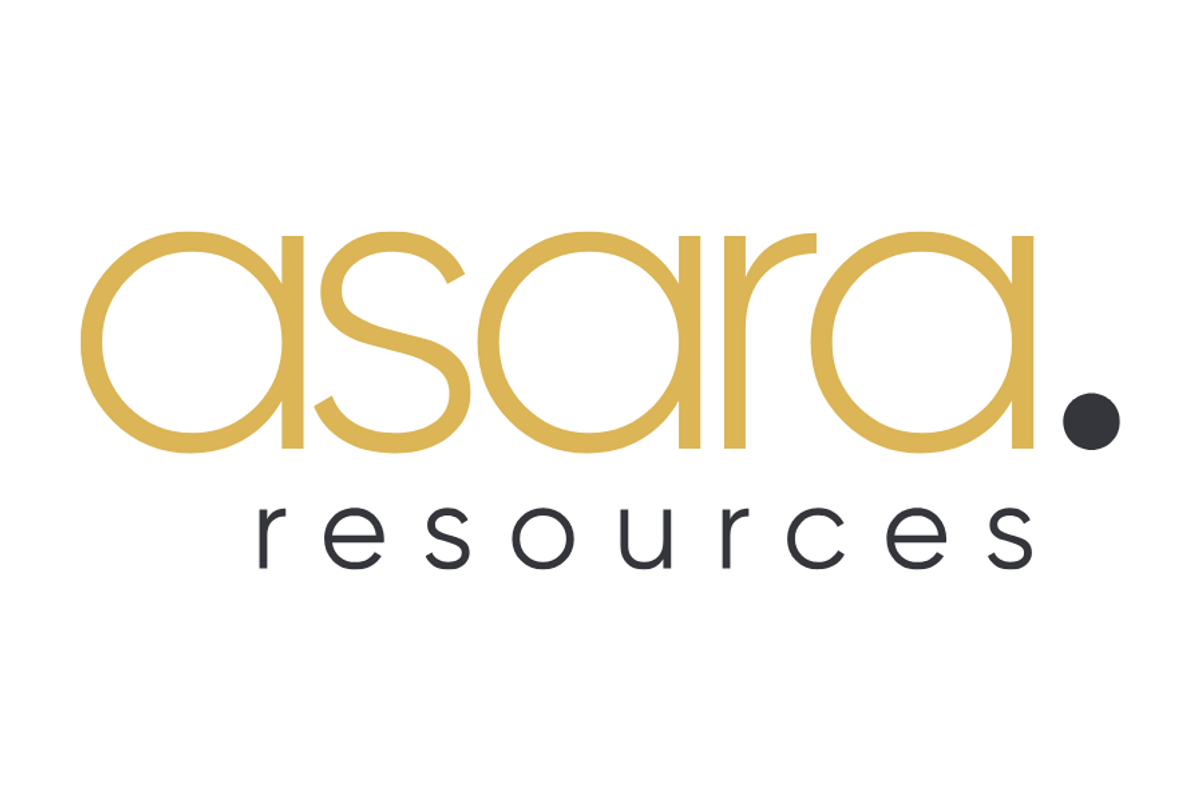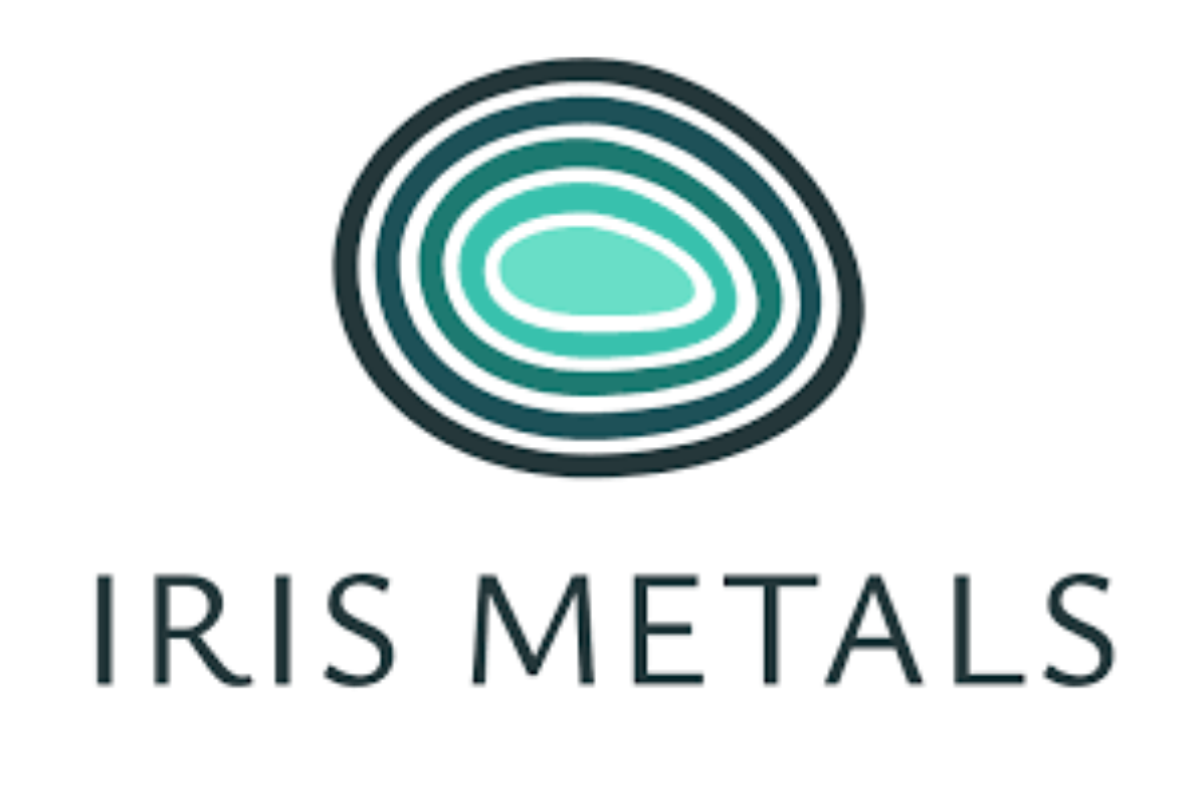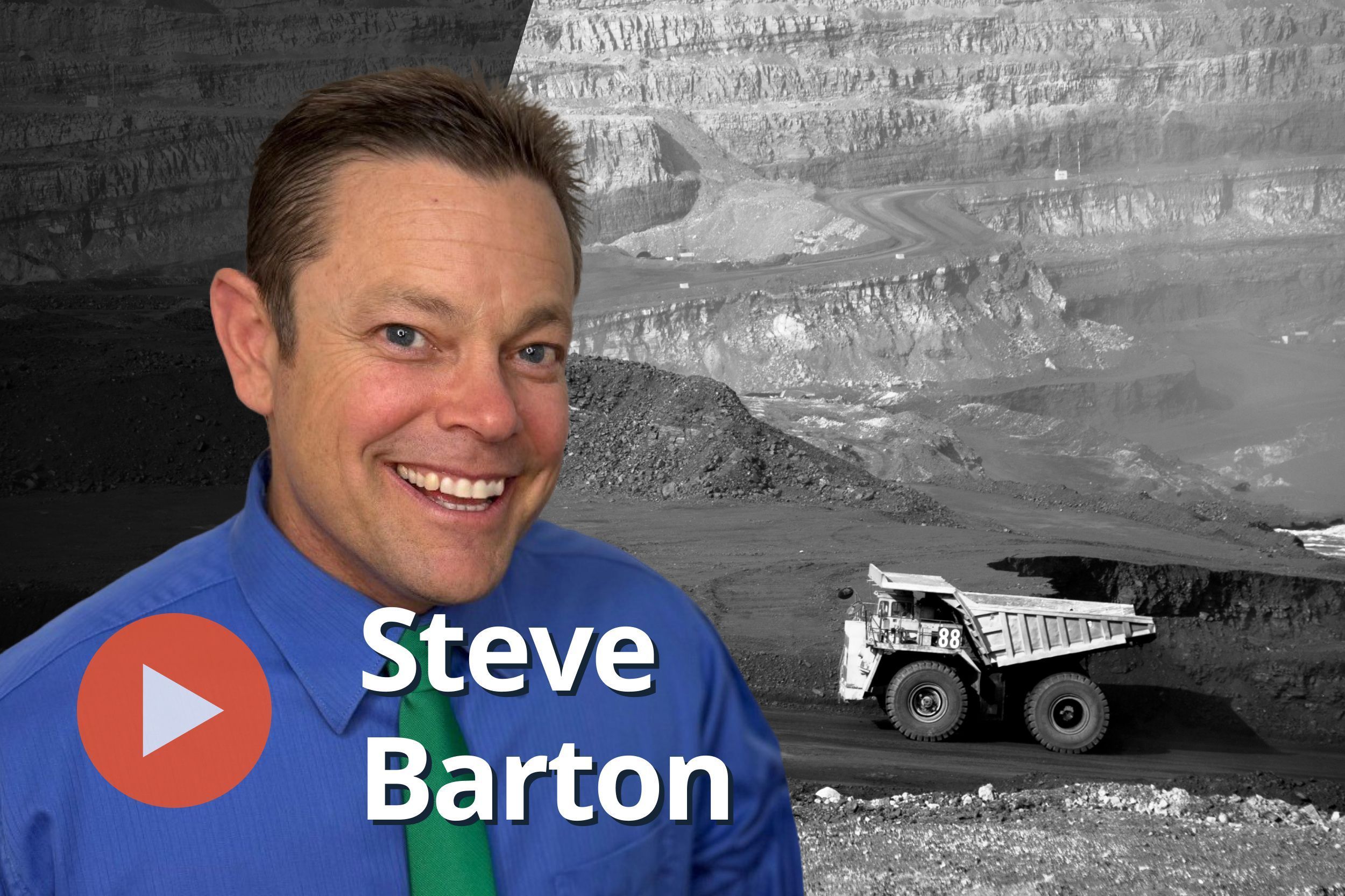
March 31, 2025
Asara Resources Limited (ASX: AS1; Asara or Company) is pleased to announce that it has awarded the drilling contract for the upcoming drilling program at the Kada Gold Project in Guinea (Kada) to Capital Drilling Guinea-SA, a subsidiary of Capital Limited (LSE: CAPD) (Capital).
HIGHLIGHTS
- Contract awarded for up to 22,000m of Reverse Circulation and 4,000m of Diamond Core Drilling, planned to be completed before the end of 2025.
- Drill program aiming to increase geological knowledge at Massan and Bereko and to explore strike and dip extensions of the current Mineral Resource Estimate.
CEO, Matthew Sharples commented:
“We are excited to award this drilling contract to Capital. Capital is a leading provider of drilling services with significant experience both in Guinea and at the Kada Project. This marks a significant milestone in our ramping up of exploration activity at Kada. The drill program has been designed to increase geological knowledge of the Massan deposit as well as explore the strike and dip extensions of both the current Massan and Bereko Mineral Resources.”
KADA GOLD PROJECT
Exploration Activities
Preparation for the 2025 drilling campaign has commenced with drill planning being completed in conjunction with Micon International, a leading UK-based mining consultancy. It is envisaged that the drilling campaign will be comprised of approximately 22,000m of reverse circulation drilling and 4,000m of diamond core drilling. The campaign has been designed to meet two distinct objectives: to infill the existing drilling at Massan, increase geological confidence, and explore down-dip and along- strike extensions to the known mineralized structures.
Consultation with local communities was undertaken during the drill planning phase regarding the proposed bridging of two minor waterways to allow year-round access throughout the permits that comprise the Kada project. The construction of these bridges will benefit the local communities as well as the Company, and the Company was pleased to be able to collaborate with the local community on this project.
The Company looks forwarding to updating shareholders as exploration activities progress at Kada.
Click here for the full ASX Release
This article includes content from Asara Resources Limited, licensed for the purpose of publishing on Investing News Australia. This article does not constitute financial product advice. It is your responsibility to perform proper due diligence before acting upon any information provided here. Please refer to our full disclaimer here.

Sign up to get your FREE
Asara Resources Investor Kit
and hear about exciting investment opportunities.
- Corporate info
- Insights
- Growth strategies
- Upcoming projects
GET YOUR FREE INVESTOR KIT
The Conversation (0)
07 July
Asara Resources
Advancing the next West African gold camp from the heart of Guinea’s prolific Siguiri Basin
Advancing the next West African gold camp from the heart of Guinea’s prolific Siguiri Basin Keep Reading...
18 December
Iris Secures Right to High-grade Tungsten Project, Montana USA and Update on Capital Raising
IRIS Metals Limited (ASX: IR1, “IRIS” or “the Company”) is pleased to announce it has executed a binding Heads of Agreement (HOA) with Finley Mining Inc for the exclusive right to farm-in to the Finley Basin Tungsten Project (Tungsten Project) located in Granite County, Montana, USA. This... Keep Reading...
16 December
Mark These Tax-loss Selling Dates on Your Calendar
As the end of 2025 nears, investors may want to consider how they can use tax-loss selling to their benefit.Buying stocks low and selling them high is ideal, but sometimes investments go sour. In such cases, all hope is not lost — at the end of the year, investors can sell investments that... Keep Reading...
01 December
Australia Minerals Council Blasts EPBC Bill’s Lack of Environment and Mining Balance
“The deal between the Federal Government and the Greens to pass the Environment Protection Reform Bill 2025 and related bills is an inferior and disappointing outcome which fails to strike the right balance between protecting Australia’s unique environment while enabling responsible and... Keep Reading...
28 November
Completion of the Acquisition of the Webbs Consol Silver Project
Rapid Critical Metals Limited (‘Rapid,’ ‘RCM’ or ‘Company’) is pleased to announce that it has completed the acquisition of the Webbs Consol Silver Project (Webbs Consol) in northeast New South Wales, comprising EL 8933 and EL 9454 from Lode Resources Limited (ASX: LDR) (Lode Resources). The... Keep Reading...
19 November
Red Mountain Mining Successfully Lists on the US Stock Market with a Strong Trading Debut Up 36%
Red Mountain Mining Limited (ASX: RMX, US CODE: RMXFF, or “Company”), a Critical Minerals exploration and development company with a growing portfolio in Tier-1 Mining Districts in the United States and Australia, is pleased to announce that RMXFF successfully commenced trading on the OTCQB this... Keep Reading...
18 November
Steve Barton: Mining Stocks — How I Pick Winners, When to Buy and Sell
Steve Barton, host of In It To Win It, shares how he picks mining stocks, running through his initial screening process for companies, as well as the questions he asks CEOs.He also explains how he decides when to buy and when to sell.Don't forget to follow us @INN_Resource for real-time... Keep Reading...
Latest News

Sign up to get your FREE
Asara Resources Investor Kit
and hear about exciting investment opportunities.
- Corporate info
- Insights
- Growth strategies
- Upcoming projects
GET YOUR FREE INVESTOR KIT
Interactive Chart
Latest Press Releases
Related News
TOP STOCKS
American Battery4.030.24
Aion Therapeutic0.10-0.01
Cybin Corp2.140.00






